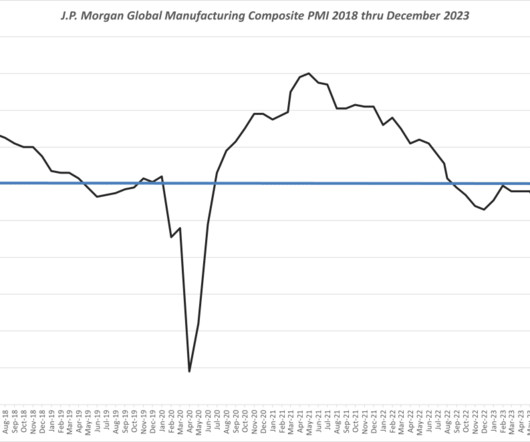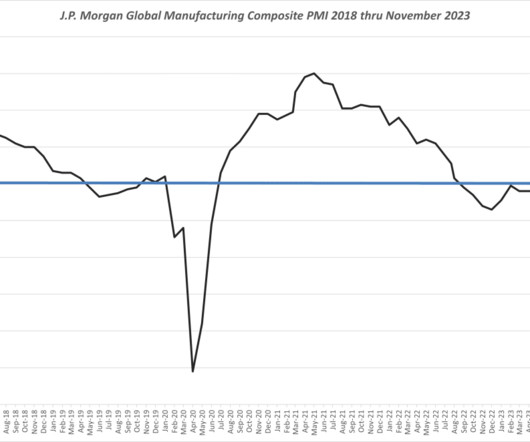Global Wide Production PMI Levels Unchanged in February 2024
Supply Chain Matters
MARCH 5, 2024
Morgan indicated in part: “ An improving orders-to-inventory ratio and upward momentum in both new export business and employment all suggest the underlying dynamics of the manufacturing sector are also moving in the right direction. Meanwhile the related S&P Global UK Manufacturing PMI® posted a slight increase, rising to 47.5
















Let's personalize your content